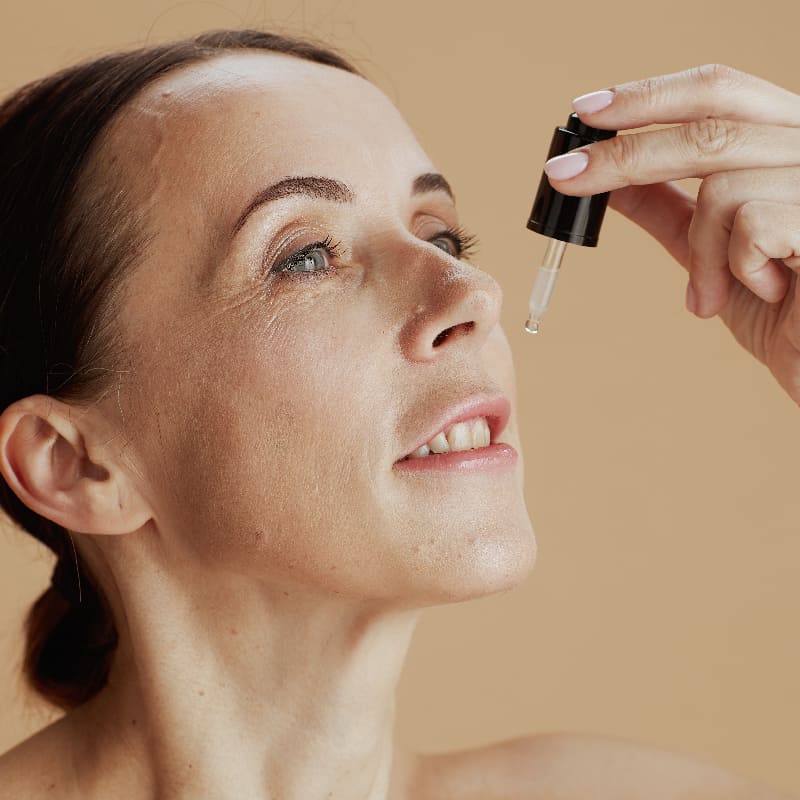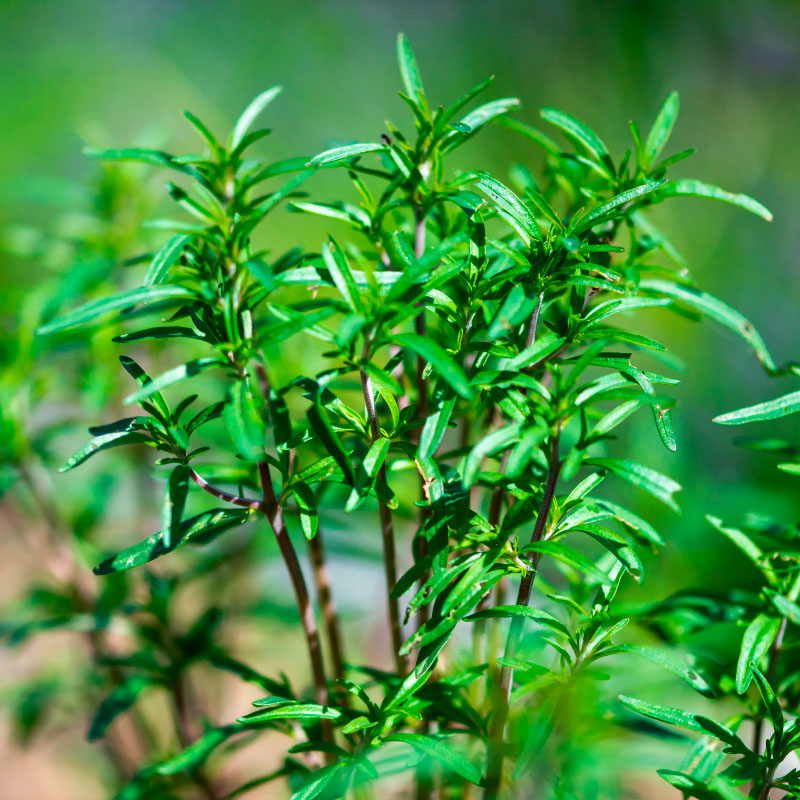This Dr. Axe content is medically reviewed or fact checked to ensure factually accurate information.
With strict editorial sourcing guidelines, we only link to academic research institutions, reputable media sites and, when research is available, medically peer-reviewed studies. Note that the numbers in parentheses (1, 2, etc.) are clickable links to these studies.
The information in our articles is NOT intended to replace a one-on-one relationship with a qualified health care professional and is not intended as medical advice.
This article is based on scientific evidence, written by experts and fact checked by our trained editorial staff. Note that the numbers in parentheses (1, 2, etc.) are clickable links to medically peer-reviewed studies.
Our team includes licensed nutritionists and dietitians, certified health education specialists, as well as certified strength and conditioning specialists, personal trainers and corrective exercise specialists. Our team aims to be not only thorough with its research, but also objective and unbiased.
The information in our articles is NOT intended to replace a one-on-one relationship with a qualified health care professional and is not intended as medical advice.
Is Bubble Tea Healthy? Plus, How To Make It at Home
October 28, 2019

Bubble tea (or boba tea) has been described as the type of drink you can “chew,” thanks to the thickening effects of the drink’s signature tapioca pearls.
Boba, which originated in Taiwan, but has become increasingly popular and available around the world, may look similar to a smoothie with its bright colors; however, unfortunately it’s not the best choice if you’re watching your sugar or looking to boost your nutrient intake.
Below, we’ll look at how bubble tea/boba is made, where tapioca pearls come from and how you can make a healthier version at home.
What Is Bubble Tea?
Bubble tea is a sweet (or sometimes savory) tea-based beverage made with small tapioca balls. In fact, the other name this drink goes by, “boba,” refers to these little balls.
For the most part, the names bubble tea, boba tea and pearl milk tea are all used interchangeably. There are many different types available, ranging from sweet types such as strawberry and honeydew, to coffee-based drinks.
What is boba made of?
Boba is usually made with sweet tea or juice, plus tapioca balls and other ingredients that add flavor. For example, boba can be made with:
- Fruit pieces or purees (like peach, melon, lychee, mango, berry, etc.)
- Coconut milk
- Regular dairy milk or creamer
- Coffee
- Ice cream
- Egg yolks
- Taro
- Aloe vera
- Red bean
- Syrup, honey, brown sugar and regular table sugar are also commonly added to boost the sweetness of bubble tea
Types of teas used to make bubble teas can be green tea, black tea or other types of caffeinated or herbal teas. Some places even offer unique flavors like horchata or chili powder bubble tea.
While most bubble teas are non-alcoholic, some shops are now offering boba cocktails, such as types made with beer, vodka, or Kahlua cream.
What are the balls in boba tea?
They are tapioca “pearls.” This is actually what the word “boba” in Thai means.
What is tapioca exactly? Tapioca pearls, as well as tapioca flour, are made from cassava root (Manihot esculenta), which is a plant that is very high in starch. You’ll find tapioca in some desserts, baked goods, doughs, puddings, jellies and beverages, because it’s used as a thickening agent since it absorbs fluids.
Tapioca pearls are small white/opaque pearls that dissolve when heated in water. The pearls are made by passing moist tapioca starch through a sieve under high pressure.
Boba pearls are responsible for bubble tea’s interesting appearance, texture and taste. Tapioca absorbs a high amount of water and takes on a gel-like consistency, which makes bubble tea slightly thicker than most juices or teas.
Tapioca has a slightly sweet, mild taste. Since it doesn’t have an intense flavor of its own, it mostly adapts to the drink’s flavor. While it’s not a very nutritious ingredient, it is gluten-free, low in calories and free from added sugar.
History
Boba originated in the 1980s in Taiwan and then became trendy in the United States in the ’90s. There are conflicting stories as to who “invented” boba, but most people believe the drink originated in Tainan, Taiwan at Hanlin Teahouse, where the owner introduced the drink using first white tapioca pearls, and then black.
Bubble tea spread across parts of Asia and eventually to “the West.” In Mandarin it’s also called zhen zhu nai cha, which translates to “pearl milk tea.”
While it gained some popularity for a short period of time in the U.S., it never took off amongst the general public and for the most part, fizzled out by the late ’90s.
Although boba has remained popular in some communities in the U.S. with large Asian populations, only recently it has reached a larger audience, especially in big cities such as L.A. and New York.
Is Boba Tea Good for You?
Most health experts would not consider boba tea to be very good for you, considering that sugary drinks tend to be high in calories and to provide relatively little nutrients, other than potentially some vitamins and antioxidants if real fruit juice or quality tea is used.
Tapioca/boba pearls themselves are not very high in calories, but they are also low in protein, healthy fats and most vitamins and minerals. Overall, bubble tea is not a very filling drink or a good addition to your diet if you’re looking to obtain more essential nutrients.
So how bad is boba for you? This depends on the exact boba ingredients that are used. If lots of added sugar and processed juice is used, then the boba tea will be high in calories.
For example, one 16-ounce green tea boba usually provides around 240+ calories, 50 grams of carbs and 40 grams of sugar.
Studies suggest that regularly drinking sugary drinks is linked with a variety of health problems, such as:
- Weight gain and obesity
- Metabolic and cardiovascular problems
- Overweight/obesity and dental caries in children
- Increased risk for brain problems like stroke and dementia
- Poor sleep patterns
- Overall increased risk for cancer
Bubble tea may also be made with milk and coffee and be high in caffeine, which is problematic for some people who are sensitive to caffeine’s effects.
For people (including children) with allergies or intolerances to certain ingredients such as cow’s milk, bubble tea can cause a number of digestive issues such as bloating, gas and diarrhea.
How to Make Bubble Tea (That’s Healthy!)
Wondering how to make bubble tea? You’ll first need to source boba pearls/tapioca pearls, which can be found in some health food stores, large supermarkets or online.
In the U.S., you’re most likely to find large pearls as opposed to smaller ones that may be available in other parts of the world. The pearls are usually white when raw and almost translucent once cooked. You can also purchase colored tapioca pearls if you wish to make a colorful type of bubble tea.
In order to improve the nutrient content of bubble tea, try using real fruit juice and little added sugar.
For example, you can boost the amount of antioxidants, vitamins, minerals and healthy fats by using ingredients such as tart cherry juice, chia seeds, flaxseeds, berries, real coconut milk or raw honey. Using quality tea, as well as organic milk and coffee, is another way to improve the healthfulness of this drink.
Here’s a healthy boba tea recipe to try at home:
For this recipe you’ll need 3 ounces cooked tapioca pearls, 1 cup cooled brewed tea (such as green tea or black tea) or coffee, 1 cup milk of your choice (try unsweetened coconut milk or organic dairy milk) and four ice cubes. You can add more flavor by adding crushed berries or fruit of your choice, coffee or raw honey.
- Bring about 4 cups of water to a boil and add the tapioca pearls. Stir the pearls and let them cook for about five minutes until they plump up and float, then drain and rinse the pearls under cold water. Place tapioca pearls in a large serving glass.
- Using a tumbler or shaker, combine the tea, milk, ice cubes and any other ingredients you’re using. Then shake well so ingredients are cooled.
- Pour the shaken mixture into the glass over the tapioca pearls. Serve with a thick straw since the mixture will thicken.
If you’d like to make the recipe even sweeter, you may want to finish by adding some extra honey or syrup. Syrup can be made using three parts water, two parts coconut palm sugar and one part brown sugar (omit this if you’d like to stick to a lower-calorie version). You can also try using stevia or monk fruit in place of regular sugar to cut down on the carbs and calories.
Risks and Side Effects
The biggest disadvantage to regularly consuming boba drinks is they are high in sugar and processed ingredients, as well as caffeine in some cases.
Consuming tapioca from bubble tea has also been linked with digestive problems and even serious reactions in some cases, according to the Forbes website.
That being said, tapioca pearls used in boba tea are not a risk if you have an allergy to nuts, coconut or gluten.
Conclusion
- What is bubble tea? Also called boba, it’s a drink made with tea and/or juice and “popping” tapioca balls.
- Is boba tea good for you? In most cases, no. Bubble tea/boba tends to be high in sugar and “empty calories,” but low in fiber, vitamins and minerals.
- That being said, it’s possible to make healthier versions.
- There are many types of boba tea flavors, including both sweet and savory types. For examples, bubble tea ingredients that are used to boost the flavor include coffee, fruit juices and coconut milk.
- To boost the nutrient content of boba drinks, try using real 100 percent fruit juice, raw honey and little processed sugar.













